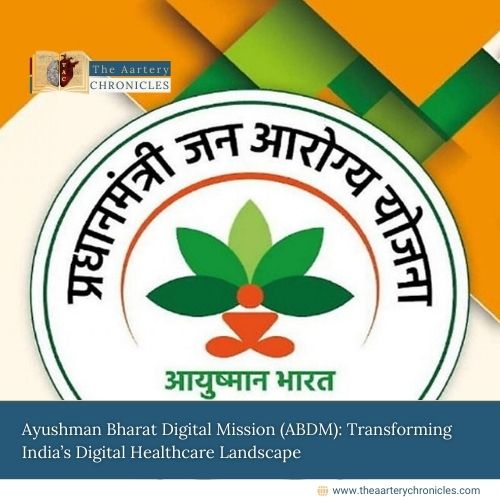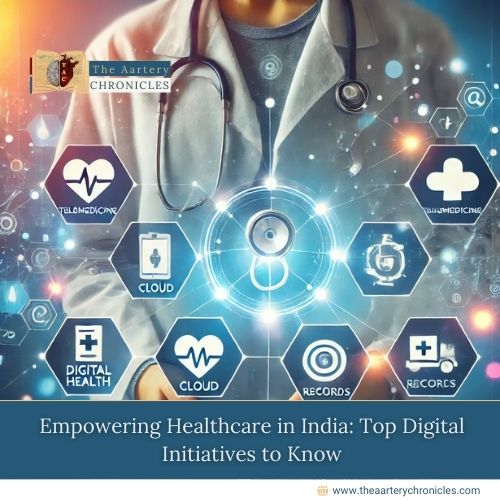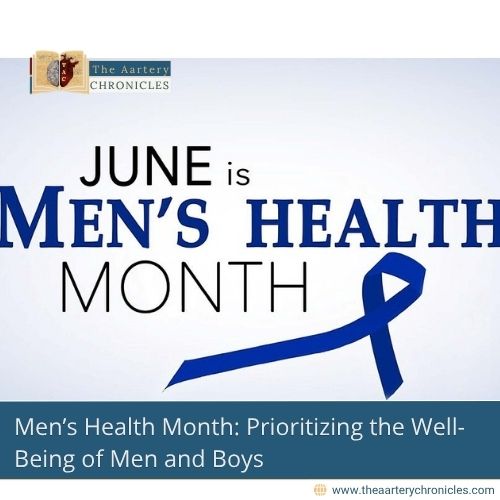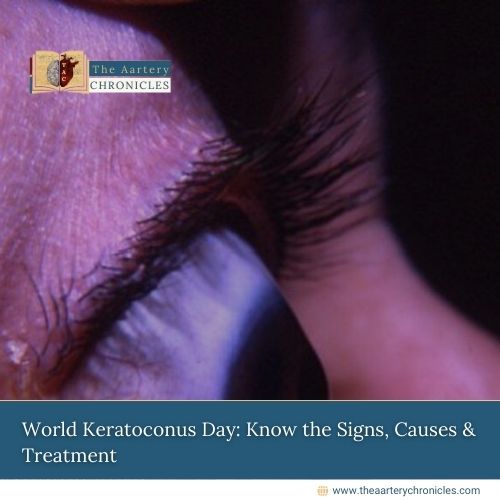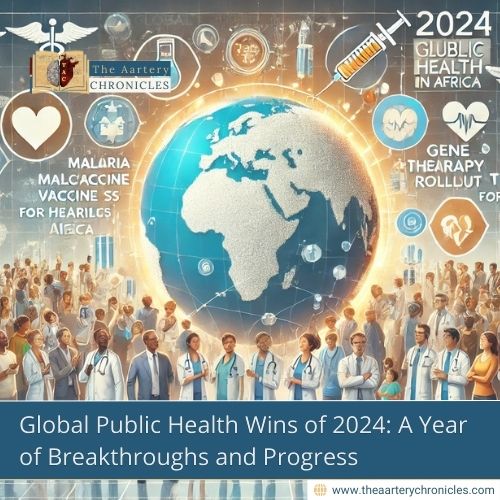
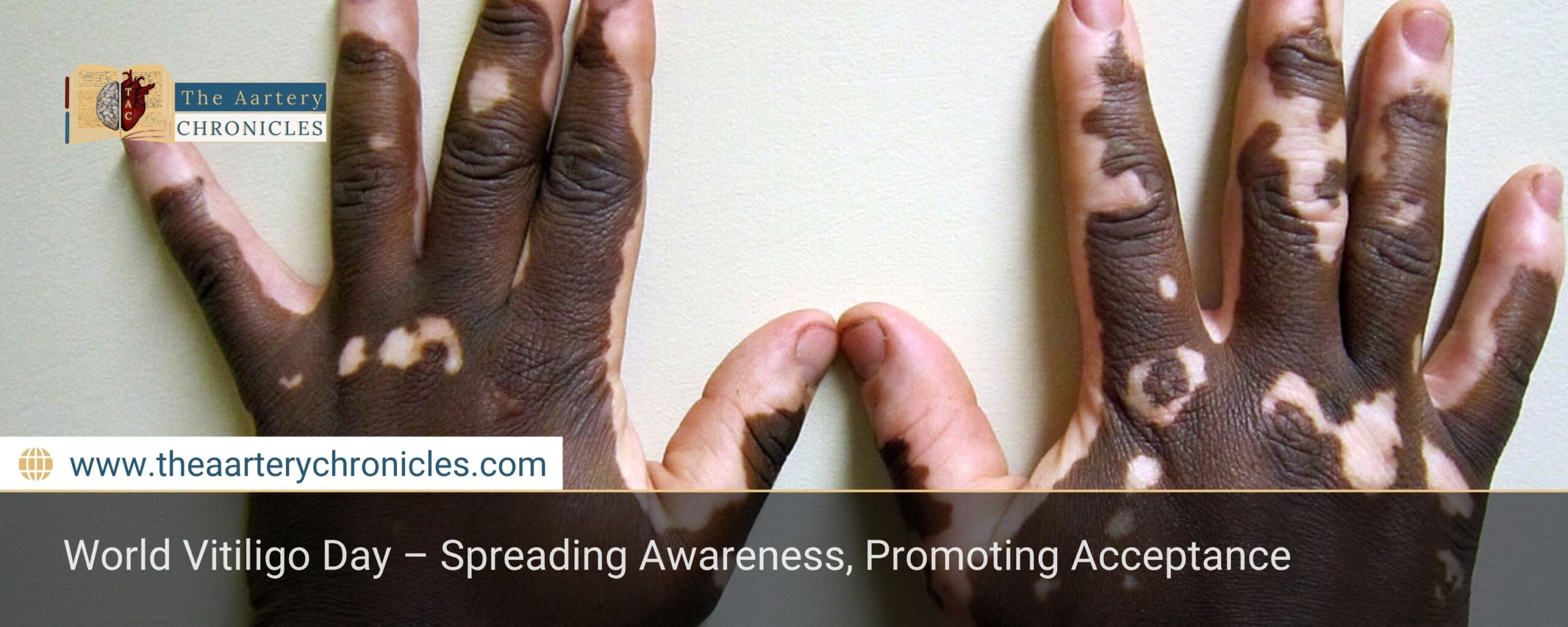
World Vitiligo Day – Spreading Awareness, Promoting Acceptance
World Vitiligo Day is observed every year on June 25 to raise awareness about vitiligo, a skin disorder that affects approximately 1% to 2% of the global population. It can occur in people of all ethnicities and ages. It is a lifelong condition that causes the skin to lose its pigment in patches, resulting in visible white spots on various parts of the body. In some cases, it can lead to a complete loss of skin color in certain areas.
This important day is about more than skin—it is about embracing difference, promoting understanding, and supporting those who live with the emotional and social challenges of the condition.
The Birth of World Vitiligo Day
Vitiligo has been part of human history for over 3,000 years. It is referenced in the sacred texts of nearly every major religion, showing that this condition has long been observed and, at times, misunderstood.
Significant strides in understanding vitiligo began in the late 19th century, when physicians first noticed that emotional stress could trigger or worsen symptoms. Despite these early observations, treatment options at the time were largely ineffective. By the 1940s, researchers also began to identify a genetic link, as the condition appeared to run in families.
World Vitiligo Day (WVD) was officially launched in 2011, with its first celebration held in Lagos, Nigeria. The date, June 25, was chosen to honor Michael Jackson, the iconic pop singer who publicly lived with vitiligo and passed away on that date in 2009. Jackson brought unprecedented visibility to the condition and inspired millions to speak openly about their skin differences.
Originally headquartered in Rome, WVD moved its central operations to Detroit in 2013, symbolizing the growing global importance of the movement.
A Global Movement of Support
Since its humble beginnings, World Vitiligo Day has grown into a powerful global awareness campaign:
- Over 484,000 activists are now involved
- More than 50 clinics in 17 countries offer free skin check-ups
- Events are held both in-person and online, offering education, community, and empowerment
A major focus of the campaign is to help people with vitiligo overcome insecurity, combat stigma, and embrace their appearance with pride. These initiatives are often organized by local support groups, dermatology clinics, and nonprofit organizations.
One notable milestone came in 2020, when a World Vitiligo Day webinar in China attracted a record-breaking 5.51 million viewers, demonstrating the campaign’s growing global reach and resonance.
What is Vitiligo?
Vitiligo is a long-term skin disorder where the body’s immune system wrongly attacks melanocytes—the pigment-producing cells—leading to patches of lost skin color. This leads to white patches appearing on various parts of the body, including the face, hands, arms, and around the mouth and eyes.
While vitiligo poses no risk to physical health and is not contagious, its visible symptoms can have a significant emotional and psychological impact on those affected.
What are the causes of vitiligo?
The exact cause of vitiligo remains unknown, but ongoing research into this autoimmune disorder focuses on understanding why the immune system attacks the body’s own cells and destroys the melanocytes. Other factors that are assumed to contribute include:
1. Autoimmune Response
The most supported theory is that vitiligo is an autoimmune disorder. In this scenario, the immune system mistakenly targets and destroys melanocytes—the cells responsible for producing melanin, which gives skin its color.
2. Genetic Factors
Genetics is thought to play a role in 20–30% of cases, especially when there is a family history of vitiligo or other autoimmune diseases.
3. Environmental and External Triggers
Certain external factors may trigger or worsen vitiligo in genetically predisposed individuals, including:
- Sunburn or skin trauma (known as the Koebner phenomenon)
- Emotional or physical stress
- Exposure to chemicals, such as phenols or certain industrial products
Symptoms of Vitiligo
Vitiligo mainly affects the skin, but it can also involve hair and mucous membranes. The symptoms may appear suddenly or develop gradually over time. Common symptoms of vitiligo include:
- Skin or mucous membrane areas may lose pigment, resulting in white or noticeably lighter patches compared to nearby skin.
- Hair patches on the body may turn silver, gray, or white
- Itching in the affected areas (in some cases)
- Discoloration of the retina (inner lining of the eye, less common)
Where can symptoms of vitiligo appear?
Vitiligo can affect any area of the skin, though it most often appears in the following regions:
- Hands
- Feet
- Arms
- Face
- Mucous membranes (such as the inside of the mouth, lips, and nose)
- Genital area (including the penis)
Vitiligo Treatment Options
Although vitiligo cannot be cured, treatments can help restore skin color, even out skin tone, or slow the progression of pigment loss. Common options include:
- Medications.
- Light therapy.
- Depigmentation therapy.
- Surgery.
- Counseling
Vitiligo and Mental Health
Living with vitiligo can be challenging, especially for children and adolescents who may face bullying or stigma. Emotional well-being is a critical aspect of managing the condition. World Vitiligo Day emphasizes the importance of mental health support and the need for empathy in how we perceive and treat those who look different.
How You Can Help
- Increase Awareness: Take time to understand vitiligo and help spread reliable, information to others.
- Support Organizations: Donate to or volunteer with groups working for vitiligo awareness and research.
- Use Your Voice: Advocate for inclusive beauty standards and anti-discrimination laws.
- Celebrate Differences: Encourage body positivity and inclusive representation in media.
- Even small actions can make a big difference in promoting acceptance, inclusion, and hope.
Conclusion
World Vitiligo Day is more than just an awareness campaign, it’s a movement toward compassion, inclusion, and equality. By coming together to support those with vitiligo, we make strides in building a world where everyone is accepted and celebrated for who they are, regardless of skin color. On June 25, wear white in solidarity, share stories, and help spread the message that beauty comes in all shades.



